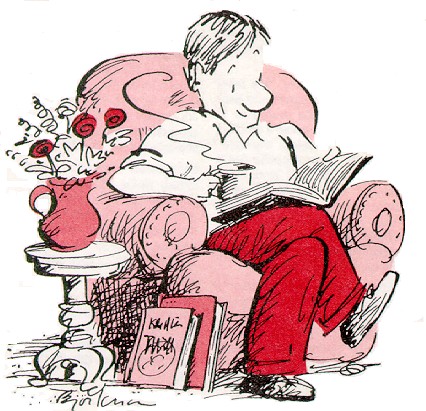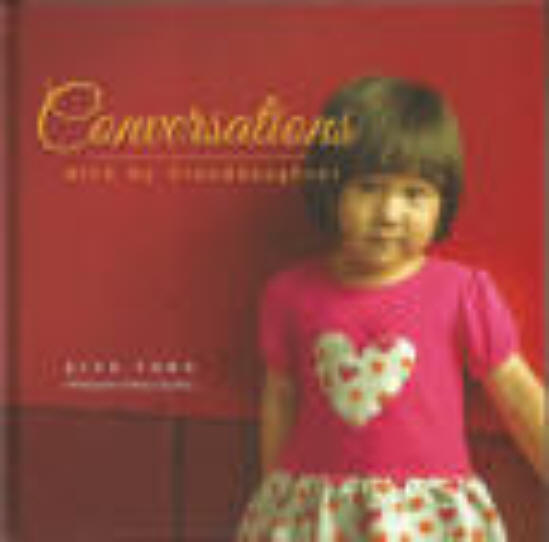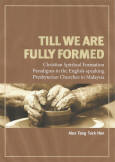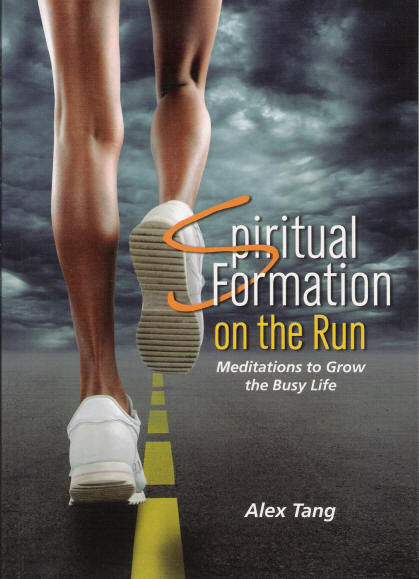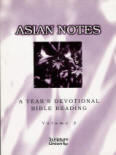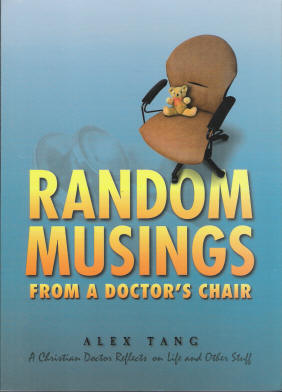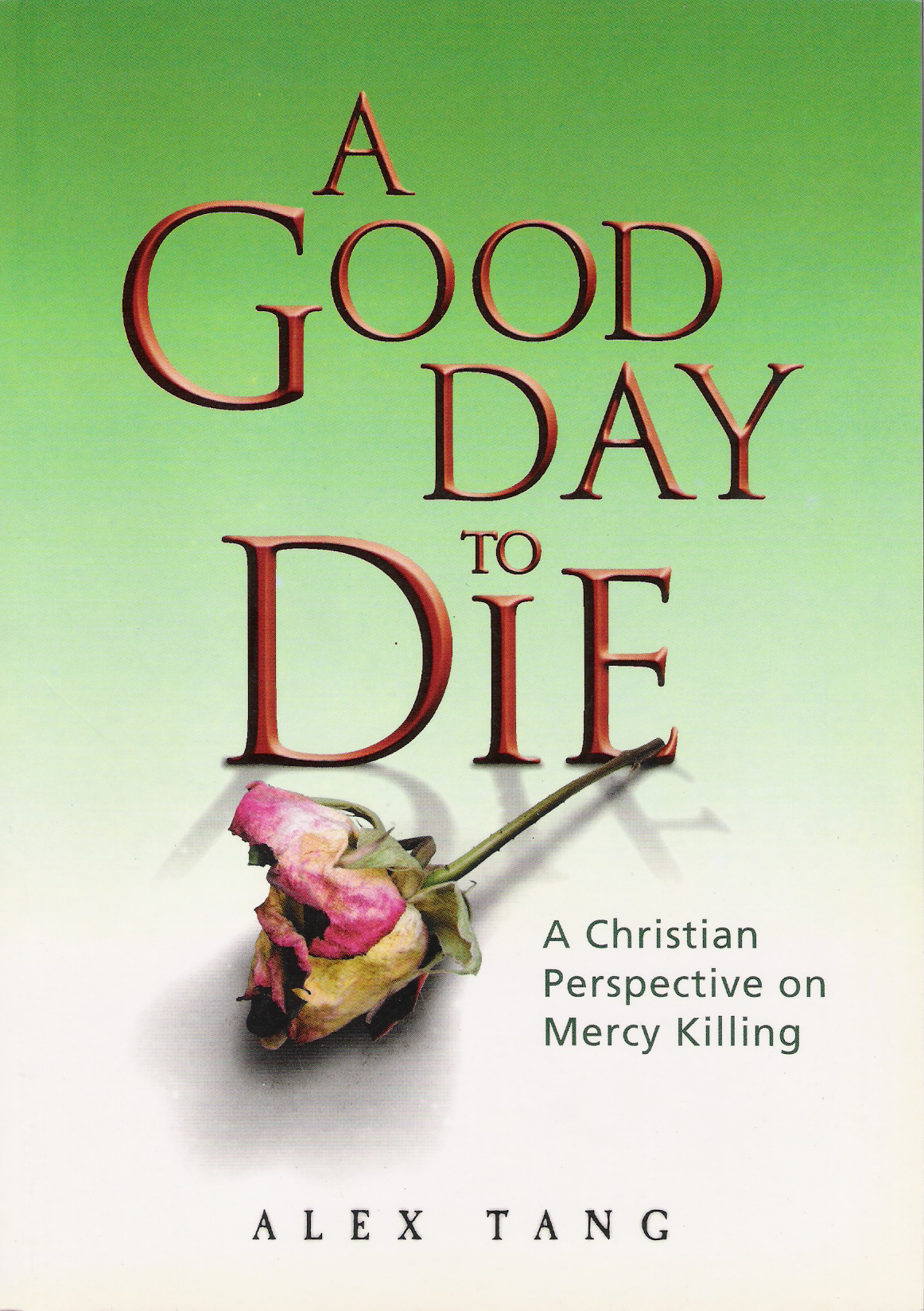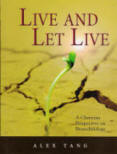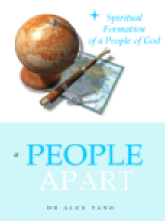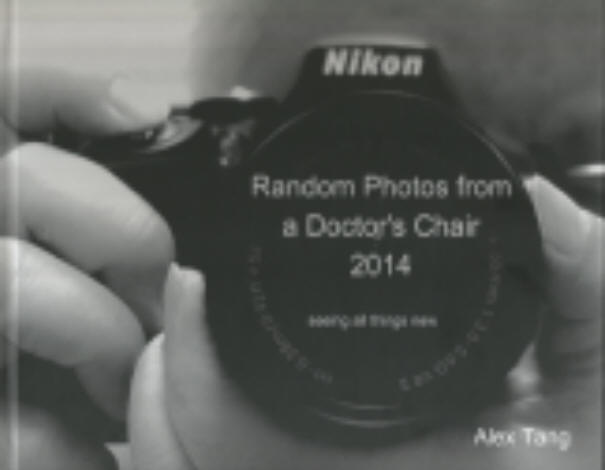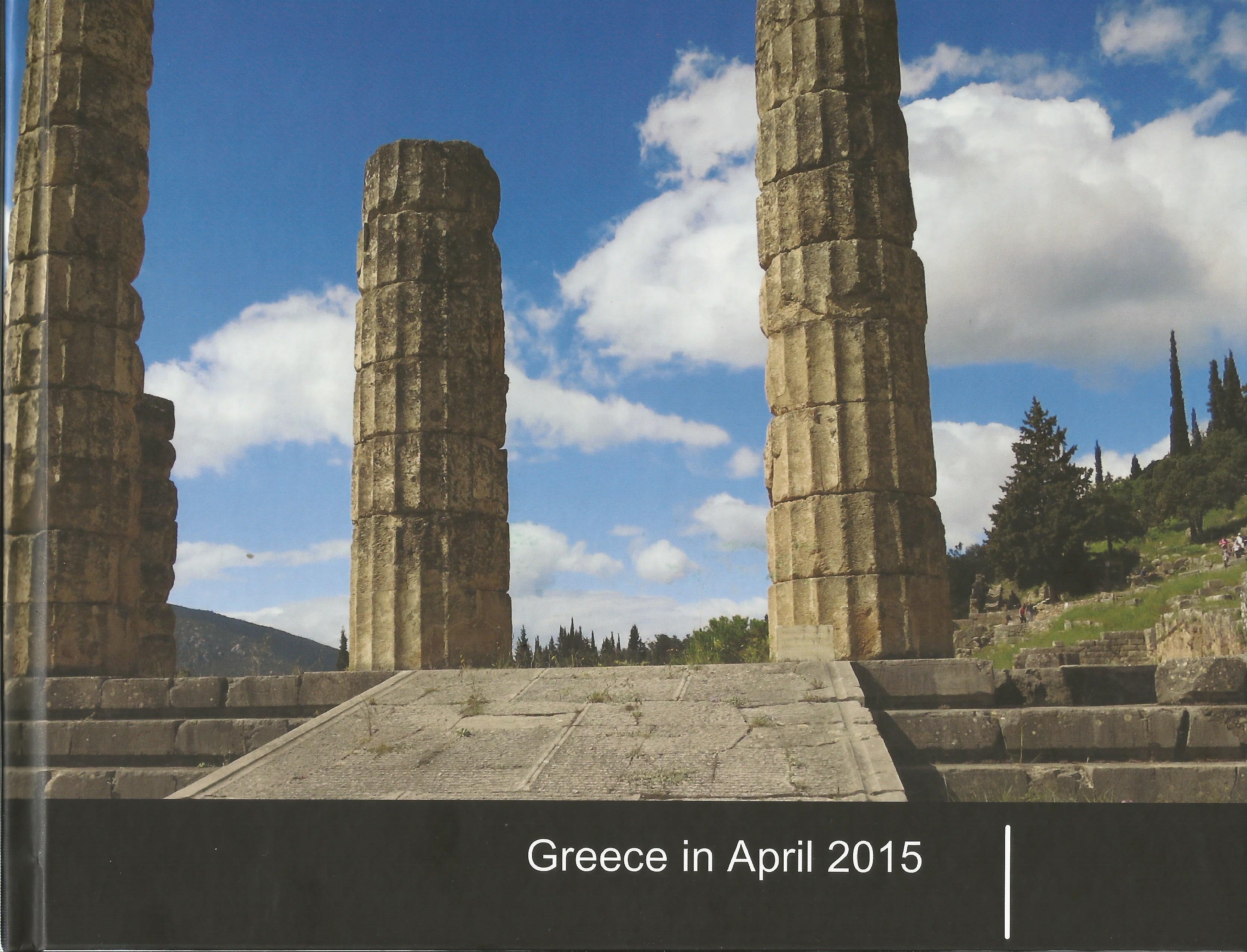I have a guest post by Ashley M. Jones who highlights 10 ancient remedies.
10 Ancient Remedies That Are Still Around Today
Ever since its inception, mankind has applied its intelligence and resourcefulness to finding ways of curing diseases and injuries in order to keep itself propelling ever forward. Ancient physicians and other innovators from across the globe worked tirelessly to create treatments, tools, and techniques for the benefit of society’s overall health and wellness. While many of these eventually found themselves overridden with the advent of advanced research, more efficient procedures, and new discoveries, an exceptionally impressive many have survived the centuries – if not millennia – and continue to enjoy a startling amount of relevance even today. The following list compiles a diverse selection of these remaining remedies, though it is by no means intended as a comprehensive guide. Consider it a very quick primer on a few of the ancient medical treatments utilized in contemporary medical facilities and use it as a stepping stone into far more detailed research.
1. Prosthetics

When it comes to engineering feats originating in ancient Egypt, more people immediately think of the Great Pyramids and all the meticulously constructed treasures contained within. Few realize that the Egyptians may have actually invented the use of prosthetic digits to help amputees rehabilitate easier and those born with deformities exhibit higher functionality and independence. In 2007, a female mummy originating from anywhere between 1000 and 600 B.C.E. was found sporting a prosthetic toe fashioned out of wood and leather. The woman had undergone an amputation on her big toe, and forensic evidence suggests that the site actually healed very well before strapping on the new extremity. It would have ostensibly helped her walk with better balance following the surgery, though some testing with replicas is needed to understand the true efficacy. Actual replacement limbs have yet to be discovered along the Nile, however, though an artificial leg dated around 300 B.CE. emerged in Italy.
2. Acupuncture

The exact practice of acupuncture as people understand it today was developed by the ancient Chinese, but the exact date of its emergence into human society remains unknown. Tools that could have possibly been wielded in an acupuncture ritual dating back to around 6000 B.C.E. have been unearthed, but their actual use remains unknown. Likewise, some texts from around 198 B.C.E. make references to procedures that sound similar to acupuncture but could very well be something else entirely. But the first definitive mention comes from The Yellow Emperor’s Classic of Internal Medicine, written around 100 B.C.E. It lays out all the core tenets and practices of acupuncture – likely culled from a century’s worth of information and tradition – and its relationship with Taoist philosophies. Today, the intricate and complex system of utilizing pressure points as a means of treating physical pain (and even psychological hang-ups) is still widely practiced in China alongside massage and herbal treatments. It has also obtained quite a bit of widespread acceptance in the “West” as well.
3. Flaps
Dermatological surgery as it is practiced today owes a debt of gratitude to Susruta, an Indian surgeon credited with the invention of pedicle flaps in 600 B.C.E. After an extensive trial-and-error process, he outlined the very basics of transferring bits of skin from one part of the body to another – specifically, from cheek to nose. Amazement settles in when one realizes that he created the procedure, which involves separating the dermis from the body without compromising its blood supply, completely sans access to contemporary anesthetic and sanitation methods. Contained in India for centuries, pedicle flaps eventually made their way to Europe and, later, the United States. While the surgery has since become subjected to a few refinements to make it fit in more snugly with the latest technologies, the basic skeleton and intention as written by Susruta remains unchanged. It has also, obviously, resulted in applications far beyond the original rhinoplasty as well.
4. Cauterizing

Known as the “Father of Medicine,” Greek physician Hippocrates (for whom the Hippocratic Oath is named) left an impressive legacy of diagnosing diseases and conditions – including lung cancer – and inventing medical devices such as the rectal speculum that laid the groundwork for today’s comparatively more technologically sophisticated interpretations. One example of his myriad contributions to the medical community involves the technique of cauterizing wounds as a means of preventing a potentially deadly amount of blood loss and staving off infection. Such a procedure, as outlined in the heavily influential Hippocratic Corpus, also ensures that surgical or otherwise damaged sites do not crack open and result in excruciatingly painful hemorrhaging. Surgeons and other medical professionals still burn away at damaged flesh much as Hippocrates did in his day, though they wield entirely contemporary tools to get the job done. However, the concepts behind cauterization survive relatively unchanged since ancient Greece in spite of the shift in technology.
5. Leeching
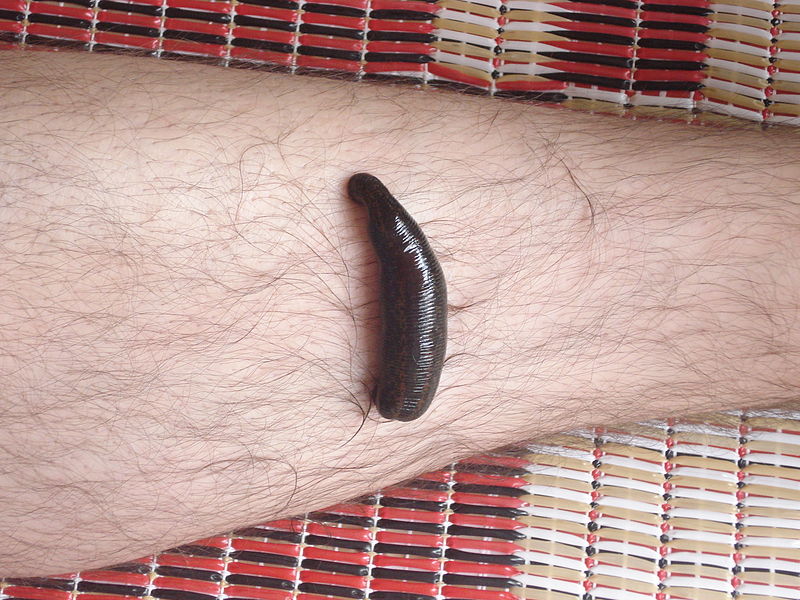
Contemporary audiences may wince at the idea of using leeches in a hospital or other medical facility, but the truth is that it actually exists as a highly effective means of bloodletting even with today’s newfangled contraptions at the ready. Leeching, or the process by which a patient’s blood is sucked out by the titular eager annelids, helps to prevent clotting during and after surgery and was once believed to cure a number of different ailments. The first recorded mention of the process was discovered on an Egyptian tomb dating back to 1500 B.C.E. , and it remained in fashion for more than a millennium until doctors and scientists in the early 20th Century dismissed it as largely hogwash. However, leeching experienced resurgence in the 1970’s and remains an entirely valid method of removing blood pools that cause painful swelling even today. In fact, many hospitals make sure to keep a few on hand at all times in the event a doctor or surgeon needs their parasitic assistance.
6. Maggot Therapy
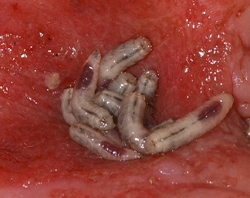
Like leeches, the very nature of fly larvae has been harnessed in order to treat different medical ailments in humans as well. Although generally associated with treatment on the battlefield, the real history of maggot therapy actually roots itself in more distant times. The Aborigines and the Mayans both took advantage of the insects’ taste for decaying flesh as a means of cleaning wounds that had become infected and pulsating with pus and/or gangrene. The process later became exceedingly popular in both mainstream and military medicine, especially considering the fact that the droves of maggots munching away carries with it an antibacterial effect that also helps stave off infections. Doctors in contemporary times continue to utilize maggots in various treatments where dying tissues require immediate removal. Patients claim that the experience, when it can actually be felt, tickles and itches a bit – rarely, if ever, does any pain factor into the equation. After all, the plucky little bugs can tell the difference between delicious decay and the foul stench of living flesh.
7. Caesarean Sections

Ancient and medieval Islamic physicians alone have greatly impacted modern medical practices far more than mainstream society realizes, and many of their scientific and mathematical applications and discoveries remain completely relevant today. If Hippocrates is considered the “Father of Medicine,” then Abu al-Qasim al-Zahwari (936-1013 C.E.) ought to be the “Father of Surgery.” His Kitab al-Tasrif, one of the most influential medical texts ever penned, set the standard for 500 years’ worth of European medical history. Among other accomplishments, including inventing nearly 200 different surgical tools, al-Zahwari is sometimes attributed with performing the first caesarean section – a means of delivering a baby by slicing open a mother’s abdomen rather than through the birth canal. This is, however, somewhat anecdotal, although references to caesarean sections performed on dying women have cropped up in ancient Chinese and Roman writings. The real history of the procedure comes off as uncertain and spotty, though there is reason to believe that it has some basis in ancient and medieval medical practices.
8. Hydrotherapy

Doctors today continue to use water as a conduit for soothing pain and strain, especially in the muscles, but hydrotherapy has actually been utilized by the ancient Egyptians, Greeks, Romans, Chinese, and Japanese – among other civilizations. Many ancient medical texts discuss the various applications that both drinking and soaking in heated or cooled water provide for various ailments, and some cultures incorporated aromatherapy into the equation. The Romans, of course, garnered quite a bit of fame for their public bath houses meant as both a social and therapeutic meeting place – the precursors to today’s health spas. Water still plays an integral role in 21st Century medical treatments, continuing to act as an external painkiller, exercise medium for those in need of physical therapy, cleanser for the bowels and other organs, and many other extremely valuable applications. Spas frequently take a cue from the ancient societies who blended hydrotherapy with aromatherapy to help their patrons unwind – a move which also has helps stimulate mental health as well.
9. Cosmetics
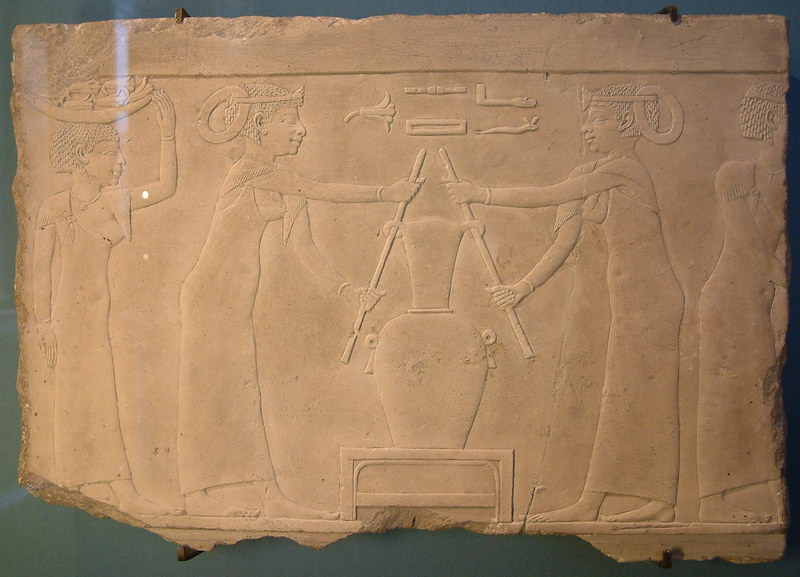
Though associated with makeup and inessential surgical procedures today, cosmetics actually have a pretty solid foundation in maintaining health and wellness. Shaving, which actually dates back to prehistoric times, rids the body of hairs that can trap sweat and provide a veritable Shangri-la for bacteria and mites. Wealthy citizens of ancient cultures, likely beginning with the Egyptians, slathered themselves in perfume in order to mask their natural body odor – a sensibility that later inspired Abu al-Qasim al-Zahwari to invent solid deodorants in addition to hair removal sticks, mouthwashes and poultices made of coriander, cardamom, cinnamon, and/or nutmeg, and even lotions, aromatic rubs, and nasal sprays. All of these still persist in today’s lifestyles, frequently incorporating new developments (such as antiperspirants accompanying deodorants) along the way without actually changing their original intent. Al-Zahwari’s suggestions for freshening breath remain extremely popular in many nations today, and the ingredients found in his pain-relieving creams – like camphor, for example – still play integral roles in products such as Vick’s VapoRub and Tiger Balm.
10. Massage

The use of massage as a means of relaxing muscles and relieving tension for better physical and mental health dates almost as far back as human history itself. Nearly every civilization sported its own particular brand of therapeutic touch, which some speculate originates in shamanic healing and empowerment rituals. The ancient Babylonians, Egyptians, Chinese, and Indians all boasted their own massage rituals. It crops up in medical texts by Greek physicians Hippocrates and Galen and subsequently found its way into Roman culture as a result. Along the way, some began incorporating elements such as perfumes, lotions, oils, hot rocks, and other accessories into massages as well, resulting in an experience as sensual as it is beneficial. There is so much information available on massage’s myriad uses – from physical therapy to simple relaxation – that anyone considering some form or another will likely find one suitable for his or her needs. Be sure to consult with a doctor or nurse beforehand, however, as some massage rituals may not necessarily work to alleviate certain conditions.
The brilliant minds of ancient physicians and surgeons still resonate into today – a testament to their ability to transcend time without having to strive for physical immortality. Without their contributions to their own eras as well as the current one, humanity would crumble and fade entirely as its members drop off one by one from various blights. Even those whose findings ended up obsolete as research and development evolved still played an entirely valuable role in keeping the species alive and deserve the gratitude of later generations.
Ashley M. Jones writes regularly on the subject of pharmacy technician certification. She invites your questions, comments at her email address: ashleym.jones643@gmail.com.
.
Labels: Medical Education, Medical Students, Medicine



































 There have been an significant two days meeting on synthetic biology in Washington D.C. that seem to have been missed by many. Summers Johnson of blog.bioethics.net blogs about it
There have been an significant two days meeting on synthetic biology in Washington D.C. that seem to have been missed by many. Summers Johnson of blog.bioethics.net blogs about it 



